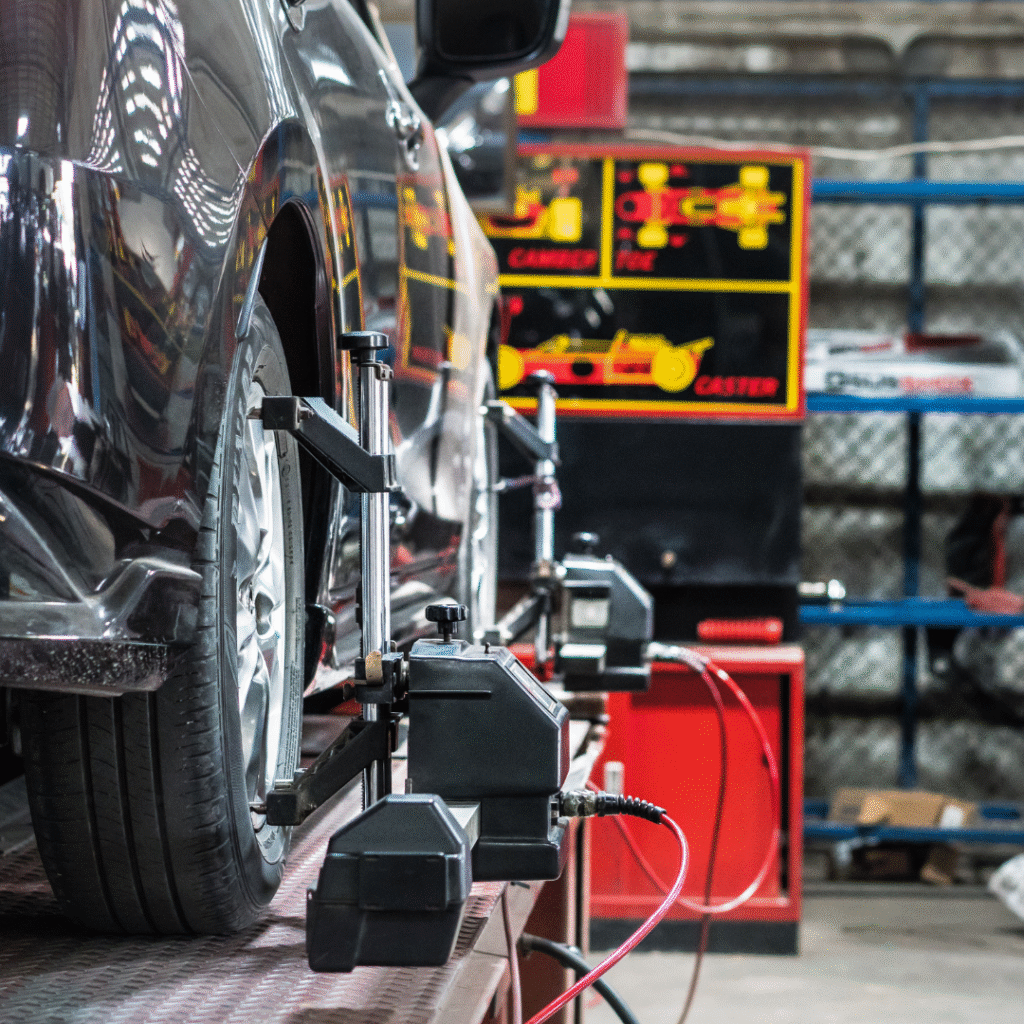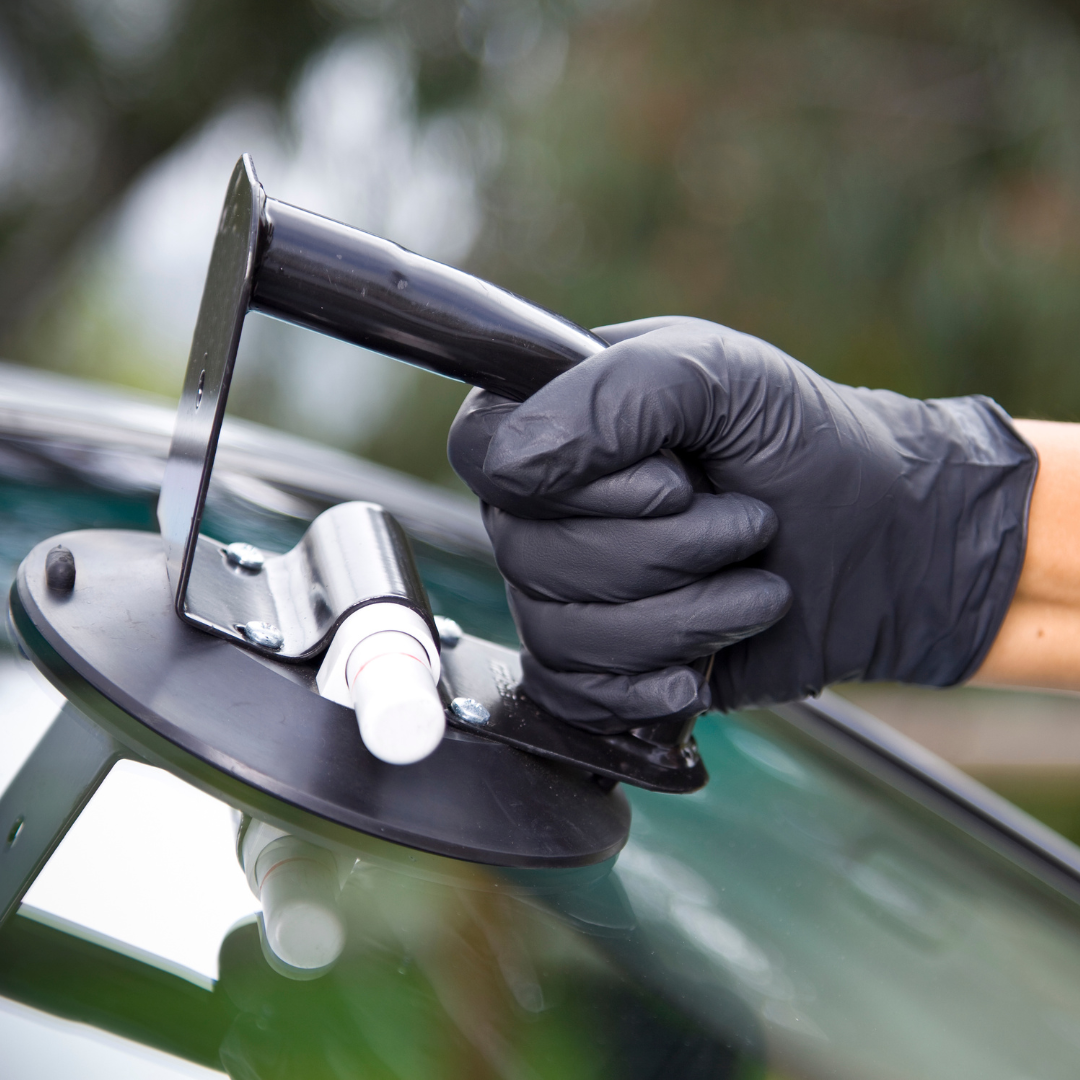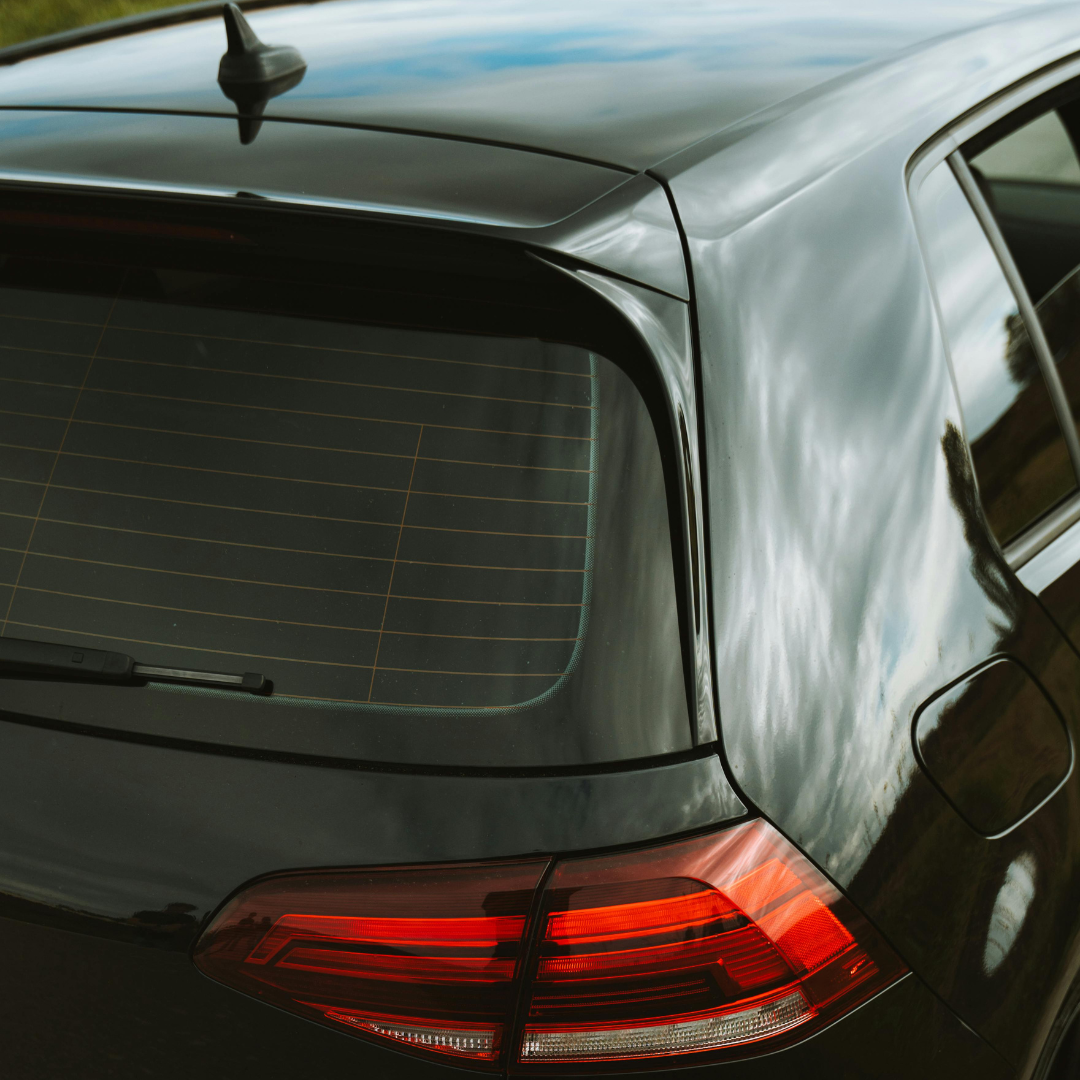After getting a windshield replacement, the cameras and sensors on the windshield that were removed will have to be reinstalled and calibrated so they function perfectly once again with the ADAS (Advanced Driver Assistance Systems). Understanding this calibration process ensures you don’t skip it and risk the optimal functionality of such safety features as auto emergency braking and lane keeping assist.
This short guide explores the basics and details of a windshield calibration process, helping you understand how it works. Know that you can get a windshield replacement from the expert auto technicians at Pro Guard Auto Glass. We offer top-notch calibration that ensures all your vehicle’s cameras and sensors function properly, keeping you safe on the road.
Before understanding how an after windshield replacement calibration works, let’s get some basics out of the way.
What is Windshield Calibration and the Types?
A windshield calibration is a technical process that ensures all cameras and sensors attached to the windshield operate accurately with ADAS after a replacement. Since it’s mostly about cameras, the process is often referred to as the windshield camera calibration process or car sensor recalibration.
There are two types of calibration.
- Static Calibration – Uses calibration equipment in a workshop to ensure ADAS is fully functional.
- Dynamic Calibration – Drives the vehicle on the highway or specific roads to test the calibration process for accurate performance.
ADAS Features that Require Calibration for Optimal Performance after Windshield Replacement
ADAS features that require calibration include:
- Lane Departure Warnings – To keep the driver in the right lanes.
- Automatic Emergency Braking System – For averting unexpected collisions.
- Traffic Sign Recognition – To inform the driver about road signs and what they mean.
- Pedestrian Detection – For alerting the drivers to pedestrians crossing
- Adaptive Cruise Control – To help drivers maintain a safe distance from the bumpers of other vehicles right ahead.
Understanding the Calibration Process
The calibration process happens in stages, starting with:
Preparation and Set-up
This process involves studying the vehicle’s make and model and its ADAS manufacturer’s recommendations to determine whether a static or dynamic, or both calibration types will be suitable. It also involves cleaning the cameras and sensors for reinstallation.
The Calibration Proper
During this stage, the auto technician configures the vehicle’s ADAS features to work well alongside the cameras and sensors. This process entails making a series of adjustments. Included is the technician initiating a connection between the vehicle’s Onboard Diagnostics system and an ADAS calibration device to establish communication with the ADAS system.
Verifying and Testing
After the calibration process, it’s time to test and verify if the ADAS is working according to its original design and purpose. This testing process involves driving the vehicle on a test track or designated area to check if ADAS features like lane departure warnings are backup and running.
Calibrate Your Windshield After Replacement at Pro Guard Auto Glass
Pro Guard Auto Glass is a professional auto glass company that prioritizes Maryland drivers’ safety with its reliable solutions, including windshields calibrations done to the highest quality standards.
Our auto technicians are experts at what they do and can handle different types of your vehicle’s make and model. In addition to being armed with top-of-the-line equipment and tools, we employ strategies that guarantee top-notch windshield calibration Maryland has to offer.
Leave your after windshield replacement calibration to us for an error-free service. Speak wth the office at (310) 776- 0503 for inquiries or service consultation.



